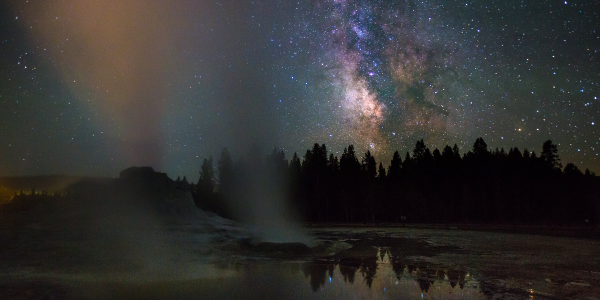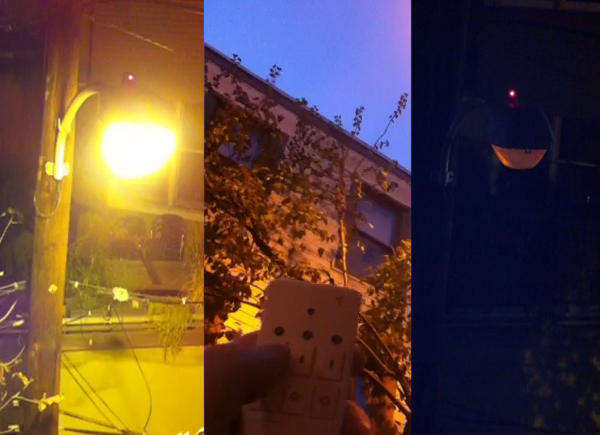Growing up in Montana I remember looking out at night and seeing the Milky Way, reminding me of my insignificance in the universe. Now that I live in a city, such introspection is no longer easy, and like 1/2 of humanity that also lives in urban areas, I must rely on satellites to provide the imagery. Yet satellites are part of the problem. Light pollution has been getting worse for decades, and with the recent steady stream of satellite launches and billionaire joyrides we have a relatively new addition to the sources of interference. So how bad is it, and how much worse will it get?
Looking up at the night sky, you can usually tell the difference between various man-made objects. Planes go fairly slowly across the sky, and you can sometimes see them blinking green and red. Meteors are fast and difficult to see. Geostationary satellites don’t appear to move at all because they are orbiting at the same rate as earth’s rotation, while other orbit types will zip by.
SpaceX has committed to reducing satellite brightness, and some observations have confirmed that new models are a full magnitude darker, right at the threshold of naked-eye observation. Unfortunately, it’s only a step in the right direction, and not enough to satisfy astronomers, who aren’t looking up at the night sky with their naked eyes, naturally.
The satellites aren’t giving off the light themselves. They are merely reflecting the light from the sun back to the earth, exactly the same way the moon is. Thus something that is directly in the shadow of the Earth will not reflect any light, but near the horizon the reflection from the satellites can be significant. It’s not practical to only focus our observatories in the narrow area that is the Earth’s shadow during the night, so we must look closer to the horizon and capture the reflections of the satellites. Continue reading “Things Are Looking Brighter! But Not The Stars”













